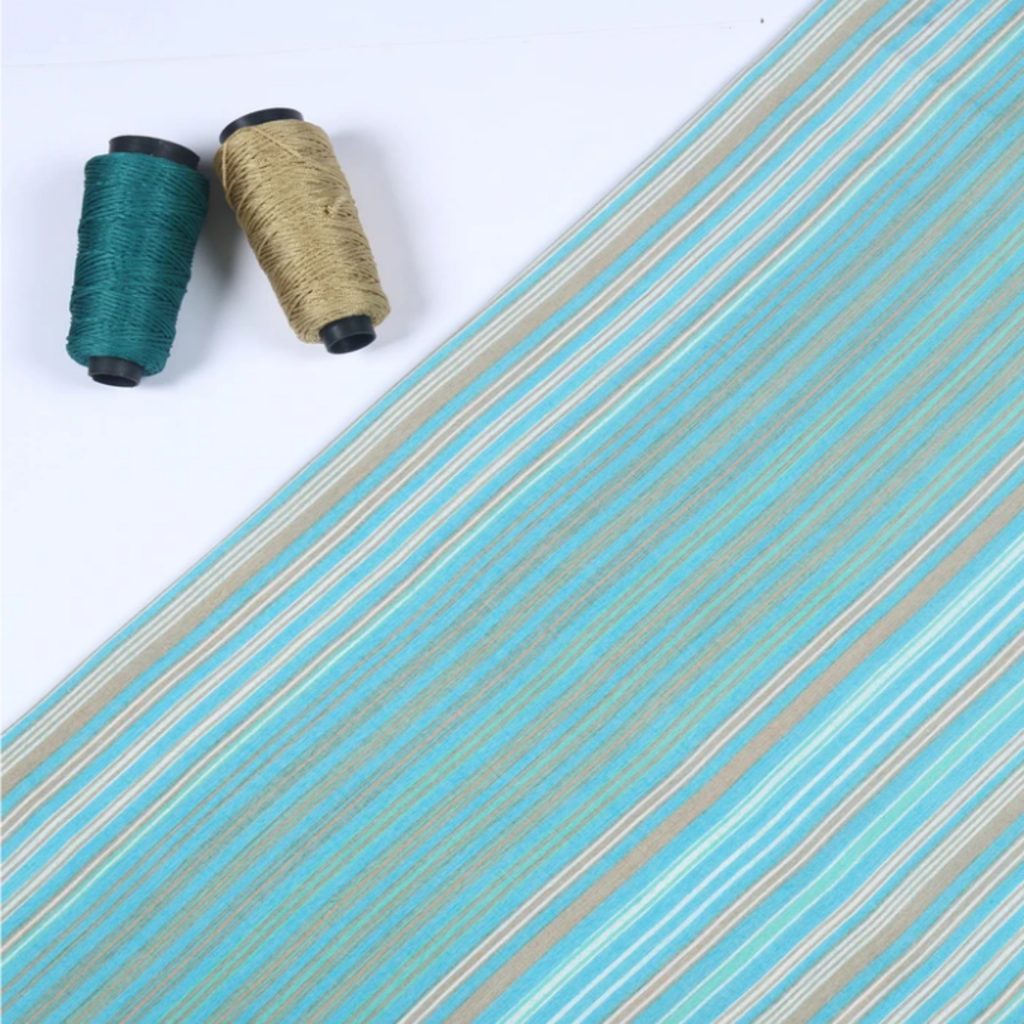
Tencel is a brand which is used in the trademarking of clothes that are made from Tencel lyocell and Tencel modal fabrics. Both the lyocell and modal fibers are well-known for how soft they are as well as being eco-friendly.
Right now, Tencel is the talk of the fashion industry as well as the textile industry. More and more shops are stocking Tencel garments due to their popularity. What we will be looking at in this post is whether Tencel material deserves the reputation that it has and how sustainable it really is.
It is very likely that you have come across Tencel when you have been shopping. Both conventional retail stores and a lot of online stores are now selling clothes and bedding that are made from Tencel fiber.
With Tencel clothing there are a lot of different claims made by different brands. Some of these claims relate to how eco-friendly the material is. Other claims focus on the softness of the softness of Tencel linen when compared to other clothing materials.
Being a soft fabric is not the only thing that Tencel has to shout about. You will that fabrics produced from Tencel lyocell will drape very easily. Tencel really holds a dye well and you will see many different colors available. Lastly, Tencel is very resistant to wrinkles.
Due to the incredible softness of the material, the Tencel cotton debate rages on. There are some experts that predict Tencel will overtake cotton in the next few years as the material of choice for certain types of clothing.
Tencel modal is the really soft material and you will find it being used in a lot of intimate garments as well as loungewear that is comfortable. Not only is Tencel a soft material, it has other qualities too such as high durability which means that Tencel clothing should last a long time.
So, what is Tencel?
Being a viscose material, Tencel is often compared to rayon. In fact, some people in the industry refer to it as Tencel rayon. What makes Tencel viscose is the way that the fibers are produced. In the industry they are known as “regenerated cellulose”.
The manufacturers of Tencel take wood pulp and then dissolve it by applying chemical solvents. An extruder is then used to drag the material through and create the fibers. It is different to rayon because this requires a lot more chemicals and energy to make. There is a lot of waste and the process is toxic for those involved with the manufacturing.
The chemicals used in the process of creating Tencel are significantly less toxic and manufacturers are able to recycle them so the waste is minimal. Tencel is produced from wood that comes from forests that have sustainable harvests.
Tencel History
Tencel and lyocell have been around for some time. In 1972, lyocell was first created in the US at a fiber facility. It was created by using an advanced spinning process for solvents that transformed wood pulp into a usable textile material.
It wasn’t until 1992 that Tencel was introduced. Caring for the environment was emerging as a big factor by this time and the hunt was on for a cellulosic fiber that was sustainable. The pioneers here wanted to create a kind of Levi’s Tencel and they did this with a denim product.
Originally, Courtaulds, the UK chemical company, owned the brand of Tencel lyocell. This gave them a foothold into the global textile industry and this developed into Kain Tencel which was established in Japan to market Tencel.
The introduction of Tencel resulted in a trend for “soft denim”. Cotton blended with Tencel was able to produce jeans that were softer and more comfortable. Soon this trend started to spread across the world and many major brands were using Tencel in the manufacture of their jeans.
The Impact of Tencel on the Environment
Tencel material is created using processes that are environmentally friendly. The manufacturers create Tencel from raw natural wood fibers that are sustainably sourced. All Tencel fabrics are certified as biodegradable.
You need to know that because Tencel is lyocell, not all lyocell fibers have the Tencel trademark and therefore you cannot guarantee that they are sustainable materials and environmentally friendly. There are other manufacturers of lyocell that do not conform to the same high standards as Tencel.
We are aware that there are some lyocell products which are not branded Tencel that use unsustainable sources in the creation of their products. There are also examples of lyocell which are more of a blend of some other fibers which are not always environmentally friendly.
You know that Tencel is similar to rayon but it takes a lot less energy and less chemicals to produce Tencel than it does to produce rayon. The rayon production process is very wasteful and there are toxic chemicals produced which can harm workers.
The manufacture of Tencel uses a production system that is circular. This means that around 99% of the solvents and chemicals applied to break down the natural wood pulp are recycled and recovered. In fact, Tencel is both compostable and biodegradable. It is easy for Tencel to revert to nature and there is no waste involved.
There are some other major advantages of Tencel. A scientific study found that Tencel consumes around 40% less renewable energy compared to cotton. Manufacturing Tencel is not a flawless process though as they still have to use dangerous chemicals as well as dyes to make it.
Comparing Tencel with other Fabrics
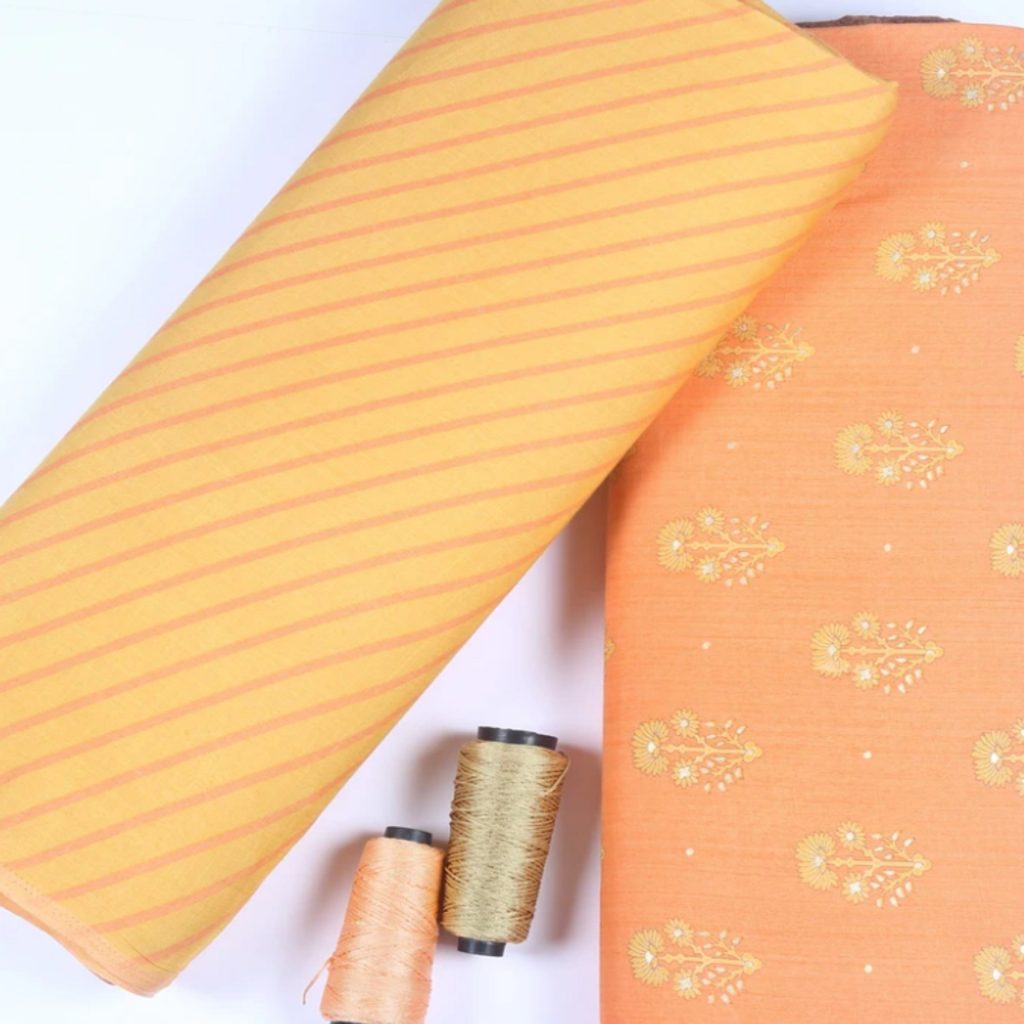
You will see Tencel women’s clothing as well as men’s clothing. It is commonly used to make tops and pants as well as other garments. Tencel is often used in bedding products too. Popular items that are usually made from cotton and linen are now made with Tencel as well.
One of the great things about Tencel is its ability to absorb moisture in a much more effective way than cotton can. This makes it ideal for sports garments that require sweat wicking qualities. It is also good for people that live in rainy climates or that have a sensitivity to humidity that damp garments could irritate.
It is easy to mold Tencel due to the fine hairs that exist on its external surface. A manufacturer can shape Tencel into a number of different forms easily. This includes creating garments that have a Tencel silk like finish or even a suede like soft texture. In all cases, the molding of Tencel does not compromise the final quality.
Tencel is a really breathable material and is often used for the creation of sportswear garments. It also has an elastic quality as well being resistant to wrinkles. More people are actively seeking out Tencel garments as a good alternative to cotton.
What about the downsides of Tencel? Well, there are a few with the chief one being that it tends to be more expensive than most other fabrics. A lot of people are happy to pay this additional cost because they are aware of the environmentally friendly processes used in the creation of the material.
Manufacturers need to use quite a lot of chemicals to produce Tencel. While these are non-toxic, they could cause certain skin irritations to people that are sensitive to this. Overall, we believe that the advantages of Tencel outweigh the disadvantages.

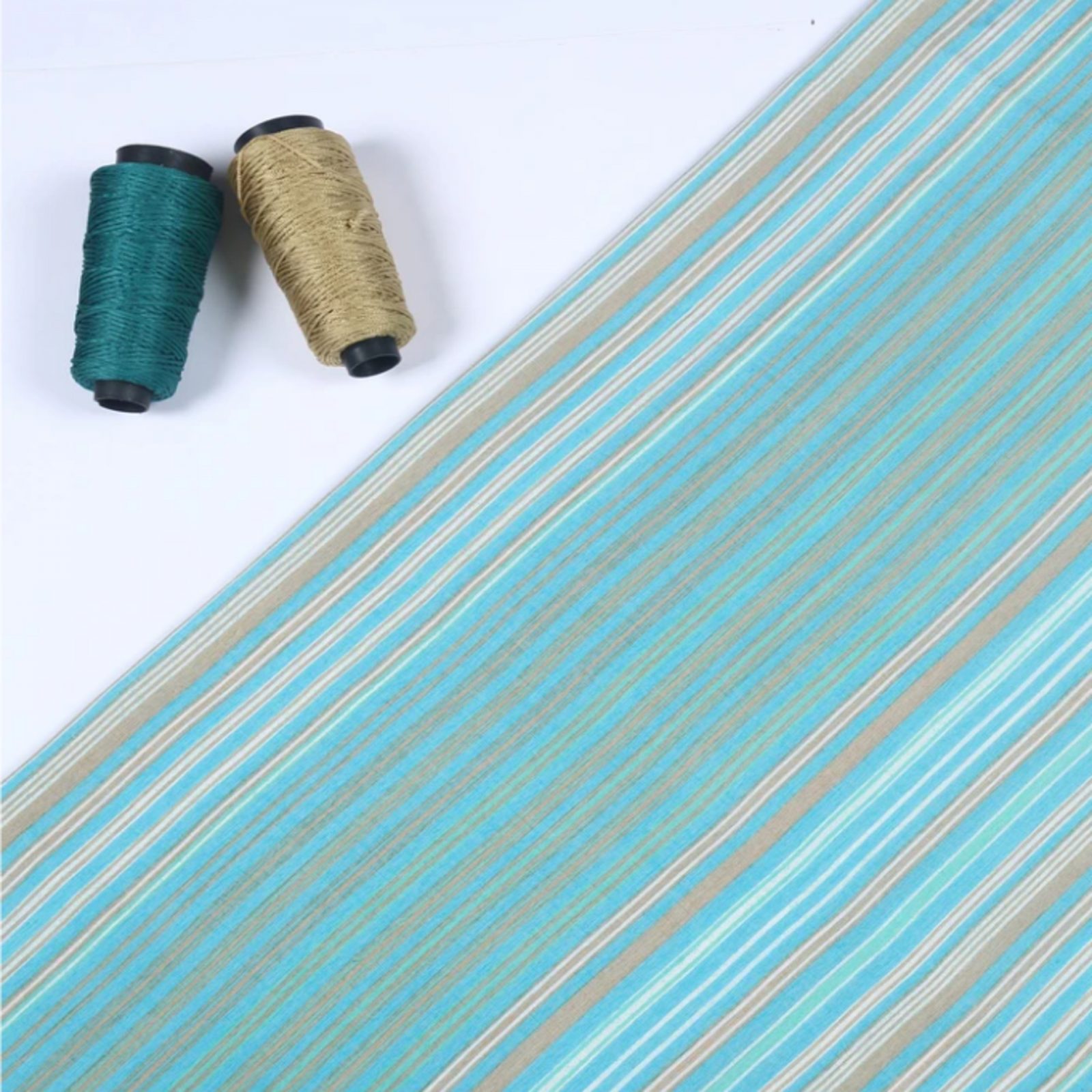


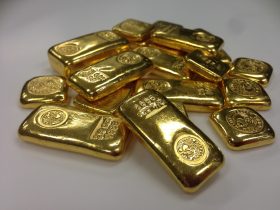

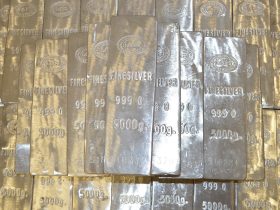
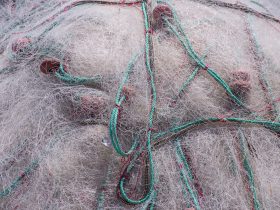

Leave a Reply